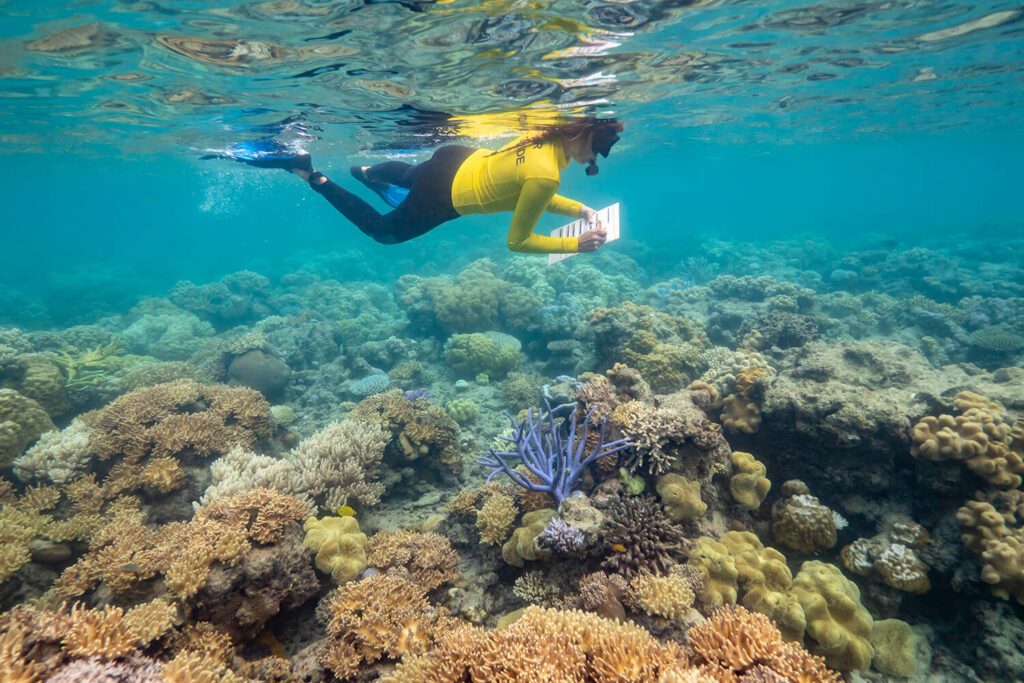The Great Barrier Reef is a magnificent coral reef system off the coast of Queensland, Australia. It faces threats from human activities and climate change, but extensive conservation and rehabilitation efforts are underway to protect and restore it. This article explores the reef’s ecological and cultural significance, the challenges it faces, and the initiatives being taken to preserve it. It also discusses the importance of sustainable tourism and individual contributions to safeguarding the reef. Despite the challenges, there is hope for the survival and restoration of this fragile ecosystem through collective action and sustainable practices.
The Great Barrier Reef: A Story of Conservation and Rehabilitation
Introduction
Located off the coast of Queensland, Australia, the Great Barrier Reef is one of the most spectacular natural wonders on Earth. Spanning over 2,300 kilometers (1,400 miles), this magnificent coral reef system is home to a diverse array of marine life, vibrant coral formations, and breathtaking underwater landscapes. However, in recent decades, the reef has faced significant threats due to human activities and climate change, prompting extensive conservation and rehabilitation efforts that tell an inspiring story of hope and resilience.
Heading 1
In this section, we will explore the history and significance of the Great Barrier Reef, shedding light on why it deserves protection and preservation. We will delve into its ecological importance, cultural significance to indigenous communities, and its status as a UNESCO World Heritage Site.
Heading 2
Here, we will discuss the major challenges that the Great Barrier Reef has encountered in recent years. From coral bleaching caused by rising ocean temperatures to pollution and unsustainable fishing practices, we will examine the devastating impact of these threats on the fragile ecosystem of the reef.
Heading 3
A significant portion of this article will focus on the conservation efforts and rehabilitation projects that have been implemented to protect and restore the Great Barrier Reef. We will discuss the involvement of governmental bodies, environmental organizations, scientists, and local communities in these initiatives, highlighting their successes and ongoing challenges.
Heading 4
Furthermore, we will explore the importance of sustainable tourism in ensuring the long-term survival of the Great Barrier Reef. We will discuss responsible travel practices, such as reef-friendly sunscreen and responsible snorkeling and diving, as well as the efforts made by tourism operators to minimize their ecological footprint.
Heading 5
In the concluding section of this article, we will discuss how individuals can contribute to the conservation and rehabilitation of the Great Barrier Reef. Whether by supporting local initiatives, reducing carbon footprint, or spreading awareness about the importance of marine protection, every individual has a role to play in ensuring the future of this majestic wonder.
Conclusion
The Great Barrier Reef stands not only as a stunning natural wonder but also as a testament to the power of conservation and rehabilitation. Despite the challenges it has faced, there is hope for the survival and restoration of this fragile ecosystem. By making concerted efforts to address the causes of degradation and adopting sustainable practices, we can ensure that future generations can continue to marvel at the beauty and biodiversity of the Great Barrier Reef.
